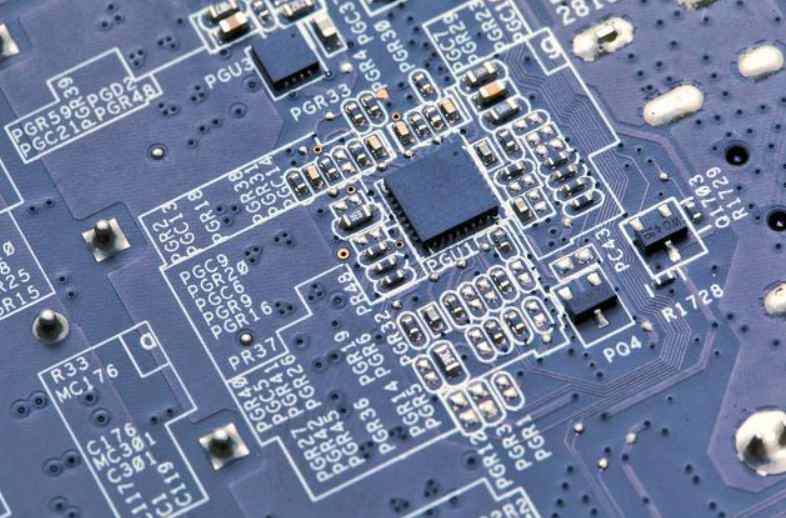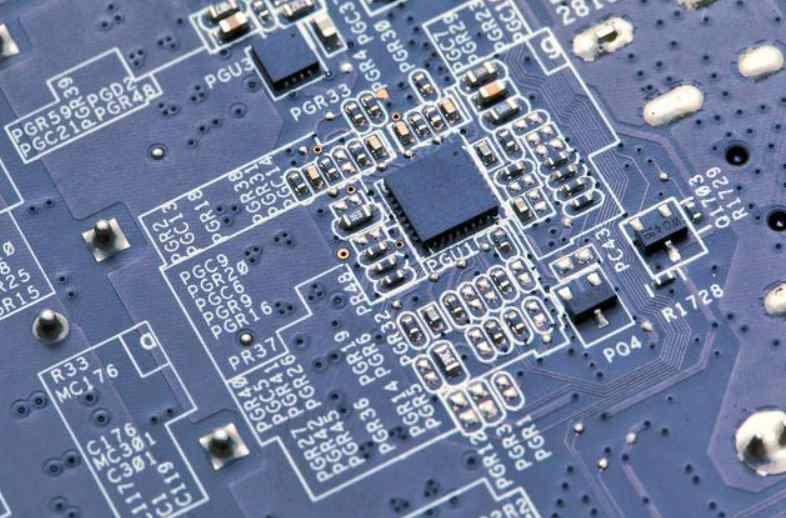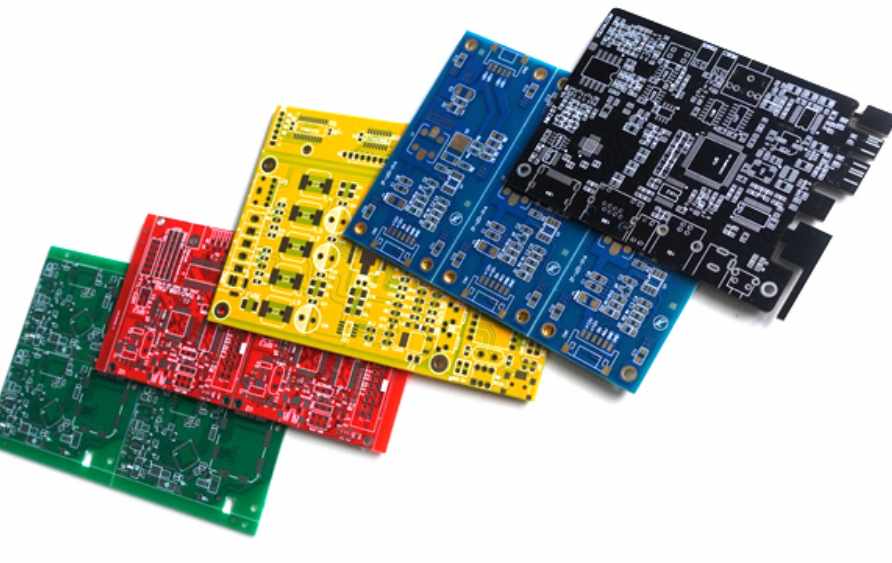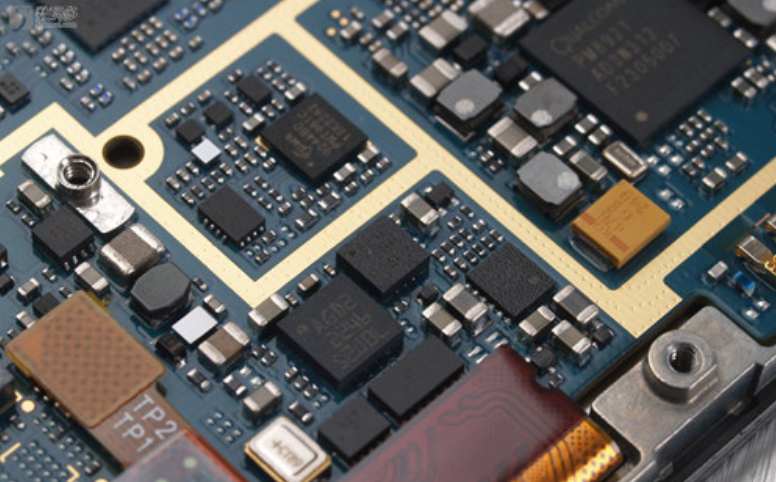
In PCB design, wiring is an important step to complete the product design, it can be said that the previous preparatory work is done for it, in the whole PCB, the wiring design process to limit the highest, the most fine skills, the largest workload. PCB routing includes single - sided routing, double - sided routing and multi - layer routing. There are also two ways of wiring: automatic wiring and interactive wiring, before automatic wiring, you can use interactive in advance to the requirements of strict line wiring, input and output side lines should avoid adjacent parallel, so as to avoid reflection interference. Grounding should be added when necessary, two adjacent layers of wiring should be vertical to each other, parallel easy to produce parasitic coupling.
The rate of automatic wiring depends on good layout, wiring rules can be set in advance, including the number of bending times, the number of through holes, the number of steps and so on. Generally, first explore the cloth warp, quickly connect the short line, and then labyrinth wiring, first to cloth the wire for global wiring path optimization, it can be disconnected according to the need of the cloth line. And try rewiring to improve the overall effect.
For the current high density PCB design has felt through the hole is not suitable, it wastes a lot of valuable wiring channels, in order to solve this contradiction, the blind hole and buried hole technology, it not only completed the role of the through hole, but also save a lot of wiring channels to complete the wiring process more convenient, more smooth, more perfect, PCB board design process is a complex and simple process, in order to master it well, still need the majority of electronic engineering design personnel to experience, in order to get the true meaning of it.
1. Processing of power supply and ground wire
Even if the wiring in the whole PCB board is completed very well, but because of the power supply, ground wire is not thoughtful and caused by interference, will make the performance of the product decline, sometimes even affect the success rate of the product. Therefore, the wiring of electricity and ground wire should be taken seriously, and the noise interference generated by electricity and ground wire should be reduced to a minimum to ensure the quality of products.
For every engineering personnel engaged in the design of electronic products, it is clear that the cause of the noise between the ground wire and the power line is generated. Now, only the reduced noise suppression is described:
(1) It is well known that the decoupling capacitor is added between the power supply and the ground wire.
(2), as far as possible to widen the width of the power supply and ground wire, it is best that the ground wire is wider than the power line, their relationship is: ground wire > power line > signal line, usually signal line width is 0.2 ~ 0.3mm, the maximum fine width can reach 0.05 ~ 0.07mm, power line is 1.2 ~ 2.5 mm
The PCB of digital circuit can be formed into a circuit of wide ground wires, that is, to form a ground network for use (the ground of analog circuit cannot be used in this way).
(3), with a large area of copper layer for ground, in the printed board is not used in the place are connected with the ground as ground. Or made of multilayer board, power supply, ground wire each occupy a layer.
2. Common ground processing of digital circuit and analog circuit
There are now many PCBS that are no longer single-function circuits (digital or analog), but consist of a mix of digital and analog circuits. Therefore, it is necessary to consider the interference between them when wiring, especially the noise interference on the ground wire.
The digital circuit has a high frequency and the analog circuit has a strong sensitivity. For the signal line, the high frequency signal line is far away from the sensitive analog circuit devices as far as possible. For the ground wire, the rectifier PCB has only one node to the outside world, so the problem of number and mode common ground must be handled inside the PCB, and the digital and analog ground are actually separated from each other in the board. Only at the interface (such as plug, etc.) between PCB and the outside world. There is a little bit of short circuiting between digital and analog, but note that there is only one connection point. There are also differences on the PCB, which is determined by the system design.

3. The signal cable is distributed on the electrical (ground) layer
In the multi-layer printed board wiring, because in the signal line layer is not finished the line is not much, and then more layers will cause waste will also increase the production of a certain amount of work, the cost is increased accordingly, in order to solve this contradiction, you can consider wiring on the electrical (ground) layer. The power layer should be considered first and the formation second. Because it's better to preserve the integrity of the formation.
4. Processing of connecting legs in large area conductors
In a large area of grounding (electric), the legs of commonly used components are connected with it, and the treatment of the connecting legs needs comprehensive consideration. In terms of electrical performance, it is better to fully connect the pad of the component leg with the copper surface, but there are some bad risks for the welding assembly of the components, such as: (1) welding requires a high-power heater. (2) easy to cause virtual solder joint. Therefore, taking into account the electrical performance and process needs, make a cross welding pad, called heat shield, commonly known as Thermal pad (Thermal), so that when welding due to excessive heat dissipation section and the possibility of virtual solder joint greatly reduced. The electrical connection (ground) leg of the multilayer plate is treated the same.
5. The role of network system in wiring
In many CAD systems, the wiring is determined by the network system. Although the grid is too dense, the path is increased, but the step is too small, the amount of data in the graph field is too large, which inevitably has higher requirements for the storage space of the equipment, but also has a great impact on the computing speed of the object computer electronic products. Some paths are not valid, such as those occupied by the pad of the component leg or by the mounting holes, fixing holes, etc. Too sparse grid and too few channels have great influence on the propagation rate. Therefore, it is necessary to have a reasonably dense grid system to support the wiring.
The distance between the legs of a standard component is 0.1 inch (2.54mm), so grid systems are generally based on 0.1 inch (2.54mm) or integral multiples less than 0.1 inch, such as 0.05 inch, 0.025 inch, 0.02 inch, etc.
6. Design Rule Check (DRC)
After the wiring design is completed, it is necessary to carefully check whether the wiring design conforms to the rules formulated by the designer, and also confirm whether the rules formulated meet the requirements of the printed board production process. The general inspection includes the following aspects:
(1) Whether the distance between wire and wire, wire and component pad, wire and through hole, component pad and through hole, through hole and through hole is reasonable, and whether it meets the production requirements.
(2) Whether the width of the power cord and ground wire is appropriate, and whether the power supply and ground wire are tightly coupled (low wave impedance). In the PCB circuit board is there a place to widen the ground wire.
(3) Whether the best measures are taken for the key signal lines, such as the shortest length, the protection line, the input line and the output line are clearly separated.
(4), analog circuit and digital circuit, whether there are independent ground wires.
(5) Whether the graphics (such as ICONS and marking) added to the PCB will cause signal short circuit.
(6) Modify some unsatisfactory linear shapes.
(7) Is there a process line on the PCB? Whether the solder resistance meets the requirements of the production process, whether the solder resistance size is appropriate, whether the character mark is pressed on the device pad, so as not to affect the quality of the electrical equipment.
(8) Whether the outer frame edge of the power layer in the multilayer board is reduced, such as the copper foil of the power layer exposed outside the board is easy to cause short circuit.









